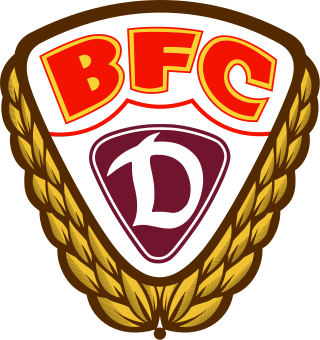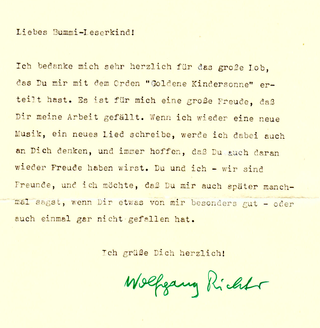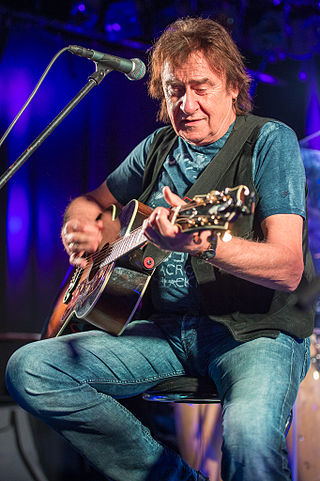
The culture of East Germany varied throughout the years due to the political and historical events that took place in the 20th century, especially as a result of Nazism and Communism. A reflection on the history of arts and culture in East Germany reveals complex relationships between artists and the state, between oppositional and conformist art. In four decades, East Germany developed a distinct culture and produced works of literature, film, visual arts, music, and theatre of international acclaim. Popular culture specialities included among others a high popularity of nudism in Eastern Germany.
Junge Welt is a German daily newspaper, published in Berlin. The jW describes itself as a left-wing and Marxist newspaper. German authorities categorize it as a far-left medium hostile to the constitutional order.

Hannes Hegen was a German illustrator and caricaturist and is most famous for creating the East German comic book Mosaik and its original protagonists, the Digedags.

The Puhdys were a German rock band formed in Oranienburg, East Germany, in 1969, although by then they had been performing together—with various lineups—as the Puhdys since 1965. Although they are especially popular in their native eastern Germany, the Puhdys enjoyed significant success outside the GDR, and were one of the first East German bands allowed to tour West Germany. They are one of the most successful German-language rock groups.

Berliner Fussball Club Dynamo e. V., commonly abbreviated to BFC Dynamo or BFC, alternatively sometimes called Dynamo Berlin, is a German football club based in the locality of Alt-Hohenschönhausen of the borough of Lichtenberg of Berlin.

Hubert Burda Media Holding is a German media group with headquarters in Offenburg. It originated as a small printing business, founded by Franz Burda Snr in Philippsburg, in 1903.

1. Fußballclub Union Berlin e. V., commonly known as 1. FC Union Berlin or Union Berlin, is a professional German football club based in Köpenick, Berlin.

Bodo Rudwaleit is a German former football goalkeeper who played as goalkeeper for the record champion BFC Dynamo from 1976 to 1989.

Gruner + Jahr is a publishing house headquartered in Hamburg, Germany. The company was founded in 1965 by Richard Gruner, John Jahr, and Gerd Bucerius. From 1969 to 1973, Bertelsmann acquired a majority share in the company and gradually increased it over time. After 2014, the company was a fully owned subsidiary of the Gütersloh-based media and services group. Under the leadership and innovation strategy of Julia Jäkel, Gruner + Jahr evolved into a publishing house producing cross-channel media products for the digital society.

Arnold Angelus Schölzel is a German editor and former defector, currently the editor-in-chief of the far-left newspaper Junge Welt. Prior to 1989, Schölzel worked at Humboldt University in East Berlin, and also was an informant for the East German domestic intelligence agency, the Stasi.

Jürgen Elsässer is a German journalist and political activist of the new right.
Brigitte Zimmermann is a German journalist. Between 1983 and 1991 she was editor in chief of Wochenpost, East Germany's top selling weekly newspaper.
Waldtraut Lewin was a German writer, dramaturge and stage director.

Bummi is the title of a German magazine for children in kindergarten age. The eponymous hero Bummi is an upright walking, yellow-furred teddy bear.

Dieter "Maschine" Birr is a German singer, guitarist and composer. He was a longtime member of the rock band Puhdys, which dissolved in 2016.

Dieter "Quaster" Hertrampf is a German guitarist and singer. He is a founding member of the rock band Puhdys.

Eberhard Rebling was a German pianist, musicologist and dance scholar as well as an anti fascist.
Joachim Werzlau was a German pianist, radio consultant and composer. He belonged to the first generation of composers in the GDR, where he was also active in organisations and politics. As a pianist, he played for the theatre, for Mary Wigman's dance school, and a kabarett, among others. He composed popular songs, music for audio plays, film scores, incidental music, and three operas. With films such as Nackt unter Wölfen and Jakob der Lügner, he was the most popular film composer of the GDR of his time.














